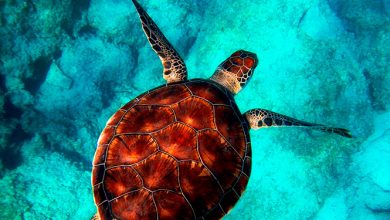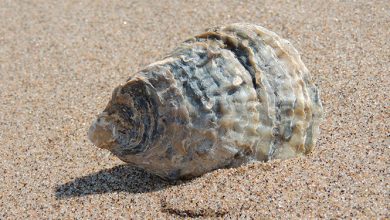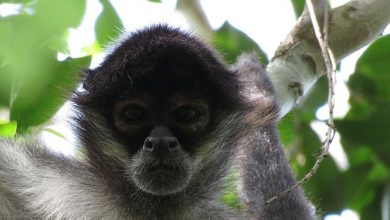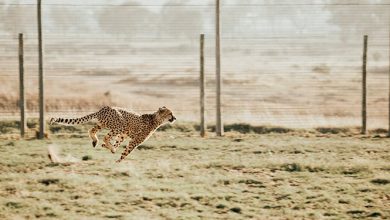Reserva TOH: A Leader in Environmentally Responsible Tourism
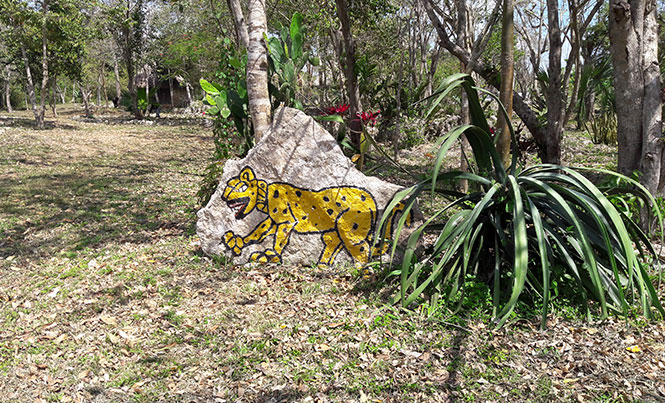
At kilometer 19 on the ruta de cenotes in Puerto Morelos sits this 124-acre reserve dedicated to conserving the land that is increasingly under siege by tourism development
I met Cindy, the Director of Reserva TOH, in Puerto Morelos at the beginning of the ruta de cenotes (cenotes route). We headed up the long, straight road that cuts through the jungle, once unspoiled and wild. Compared to other areas in the region, this road is still wild. It wasn’t that long ago that you would drive up that road, trying to dodge the tarantulas and be one of three cars you´d see on your way to Leona Vicario. However, the road is ever changing, with busloads of tourists headed to organized cenote, zipline, and ATV tours. Reserva TOH is not such a place.
 We turned left at kilometer 19 and drove in through the northeast border of Reserva TOH. They have two entrances: the main visitor entrance and the less traveled northeast border entrance. We headed up the road less traveled, creeping slowly along in Cindy’s car, listening to the long grasses and occasional rocks scraping along the bottom.
We turned left at kilometer 19 and drove in through the northeast border of Reserva TOH. They have two entrances: the main visitor entrance and the less traveled northeast border entrance. We headed up the road less traveled, creeping slowly along in Cindy’s car, listening to the long grasses and occasional rocks scraping along the bottom.
The owner, Fernando Barranco, bought the property in 2002 with the aim of preservation. In 2005, Hurricane Wilma hit and not long after, a fire destroyed a few hundred acres in and around the reserve. Cindy points to an area to the right that is missing the dense jungle that borders our left. I can see young trees which seem to be recently planted. “These are the cedro rojo (red cedar),” she explained, “Part of the (post-fire) reforestation plan,” during which they replanted 124 acres of red cedar. She notes that the reserve works with biologists and conservationists from groups such as ECOSUR (el Colegio de la Frontera Sur), a public scientific research center which contributes to sustainable development along the southern border in Mexico, the Caribbean, and Central America (www.ecosur.mx).
The reforested area is fairly young, a few years, and with lots of low-level vegetation surrounding the recently planted red cedars. Cindy explains that when they started the reforestation project, they didn´t want to cut down all the vegetation while planting the young cedars. ¨When you work with conservation, you have to do everything more carefully. It isn’t the same as if you wanted to create a tourist activity or destination. In conservation, it´s different because you have to take care of everything – animals and their habitats, how they are going to interact with people.”
Cindy, originally from Costa Rica, has been working at Reserva TOH for three months and was given the task of directing a new project – more tourism-based activities but with conservation in mind, similar to how tourism is done in Costa Rica. ¨The main thing in Costa Rica is that there are a lot of people who are concerned about the environment and taking care of their resources. There is a consciousness in the population, and that is one of the main things we want to do here through environmental education. We want to make adults and kids conscious about how important it is to keep nature as it is and enjoy it. People are so used to large hotels and these big impacts to the environment, and they don´t know how to enjoy real nature.¨
In addition to environmental education workshops, the reserve offers a variety of activities including meditation, guided walks, hiking, bicycling, camping, and birdwatching.
Cindy points out that she doesn’t think tourism is a bad thing. The bad thing is how it has been managed. Using the reserve as an example, she says they could load it with thousands of people but then what would that do to the land? They have almost 170 species of birds throughout the reserve. They have seen footprints of jaguars. The impact to the environment must be taken into consideration when developing their tourism plan.
We get out of the car to take a tour of the plantation area run by Alfredo Tuyu Pech. Originally from Tizimin, Yucatan, Alfredo proudly showed me the raised beds of lettuce, cilantro, jicama, cucumber, epazote, onions, and the list goes on. We walked through their beautiful fruit tree orchard that included limes and mandarins. They have also planted trees in this area including mahogany (caoba), breadnut tree (el árbol ramón), and more red cedar (cedro rojo).
Alfredo discusses how many of the plants they are cultivating are used in traditional Maya treatments for a variety of ailments including headaches, cuts and burns, and diabetes. Their goal is to create a botanical garden that would support traditional medicine.
As we ended our tour and I prepared to head back to the hustle and bustle of Playa del Carmen, I felt a renewed sense of hope. There are people in this beautiful region of Mexico that are working incredibly hard to not only conserve the incredibly diverse ecosystems that exist here but also to conserve and respect the history and culture of the Maya. We can only hope that others follow in their footsteps.
For more information on tours and guided activities, please contact them at 998 235 7143. They will arrange food service and transportation for bigger groups, and yes, they speak English.



